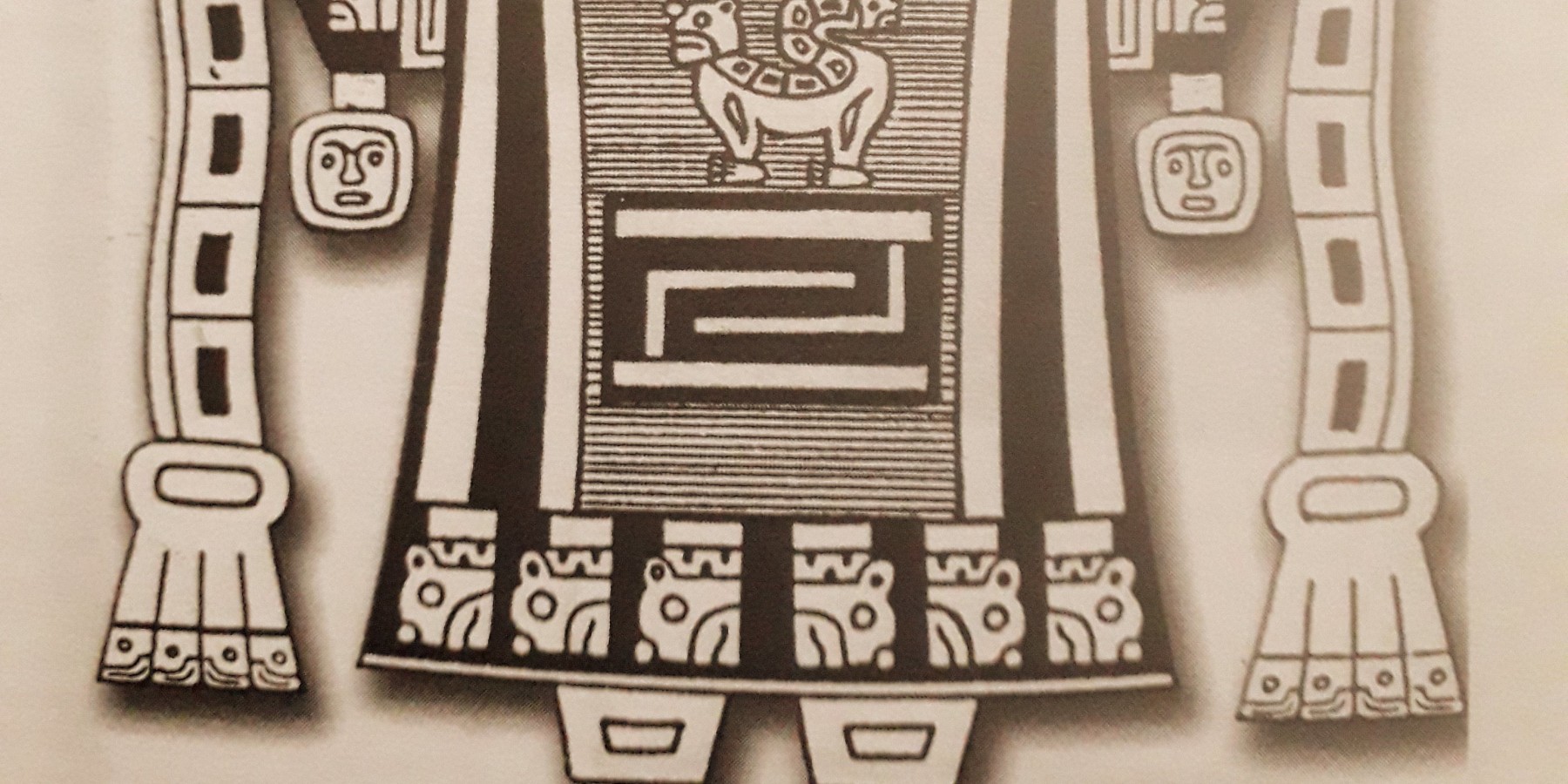
Puerta del Sol", or The Gate of the Sun, is located on the west side of the Kalasasaya temple. It has 3,865mts in length by 2,88 mts in height; it's a piece of grey andesite, one block of the hardest rock found in the area.
This gate is considered the maximum exponent of Tiwanaku culture because of it's intricate low and high relief carvings.
In the central part of this gate, it's the figure of Wirakocha, which for the Andean cosmovision is the creator God. It's got other names like the crying God; because in his face, it's represented tears? Coming down his face.
Other authors call him the crosiers God, as he is holding two in each hand.
"La Puerta del Sol", or The Gate of the Sun, is located on the west side of the Kalasasaya temple in Tiwanaku archaeological site. It has 3,865mts in length by 2,88 mts in height; it's a piece of grey andesite, one block of the hardest rock found in the area.
This gate is considered the maximum exponent of Tiwanaku culture because of it's intricate low and high relief carvings.
In the central part of this gate, it's the figure of Wirakocha, which for the Andean cosmovision is the creator God. It's got other names like the crying God; because in his face, it's represented tears? Coming down his face.
Other authors call him the crosiers God, as he is holding two in each hand.
Go back to this crosier symbol, which is still used in the local Aymara culture.
Continuing with the description, Wirakocha is surrounded by three lines of anthropomorphous figures. They all have wings, and on the second line, they've got condor heads and other intricate details. They are 48 in, and they also have got crosiers, and in a position of kneeling dow, it seems they are offering this symbol to Wirakocha.
For years, many scientists and archaeologists studied this gate, who created some theories about its meaning. The ones saying it represents a Venus calendar to the ones saying that the figures are beings from space.
One of the most accepted theory is the one from professor Arthur Posnasky. He says it is a solar calendar divided into 12 months, each month with 30 days, plus it's added 5 and 6 days in the frieze. This calendar seems to be related to agriculture, which is still essential in Andean society.
The truth is that the Gate of the Sun is still a unique piece because of its exquisite details in its symbols.
Going back to the cruiser holder by Wirakocha, the gate's central figure, I would like to mention that symbol it is still present in the Aymara culture.
The native authorities wear a sort of cruisers, decorated with silver plates and different colours ribbons, on their back. This is one of the symbols that represent the hierarchy that gives them the power to take decisions and serve the well of the community.
I want to mention that this symbol use, it's not just a small proof that the Aymaras have inherited the Tiwanaku people culture and knowledge. Tiwanaku didn't totally disappear, I think it is still alive, and we have the chance to be part of it.
Marisol Maydana
Bibliography used for this article:
"El mensaje secreto de los símbolos de Tiwanaku y del lago Titikaka " Guillermo Lange.
"Tiwanaku Enigma de enigmas". Alberto Laguna Meave.
"La historia antes de la Historia en Bolivia ". Javier Escalante Moscoso.

